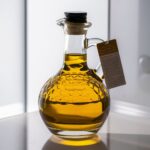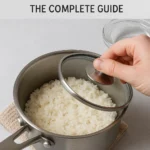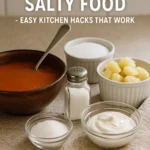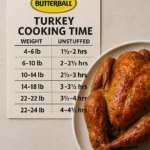Introduction to Jamaican Cuisine
Authentic Jamaican Curry Chicken food has a way of making an impression when it comes to strong flavors and memorable spiciness. With roots in African, Indian, and Caribbean cuisine, each bite reveals a different tale. Is it among the best in history? A recipe that’s warm, cozy, and full of island fire is Jamaican curry chicken.
The Cultural Roots of Jamaican Food
Jamaica’s history is reflected in its cuisine, which combines elements of African origin, Indian indentured labor, and the island’s colonial past. Curry, an Indian dish, gained a tasty twist in Jamaican homes as a result.
Why Curry Chicken Is So Loved
The answer is straightforward: Jamaican curry chicken is flavorful, robust, spicy, and bursting with herbs and spices. It’s a comfort food staple and a Sunday dinner mainstay. You’ll see why it’s so well-liked around the island once you experience its richness of flavor.
What Makes Jamaican Curry Chicken Authentic
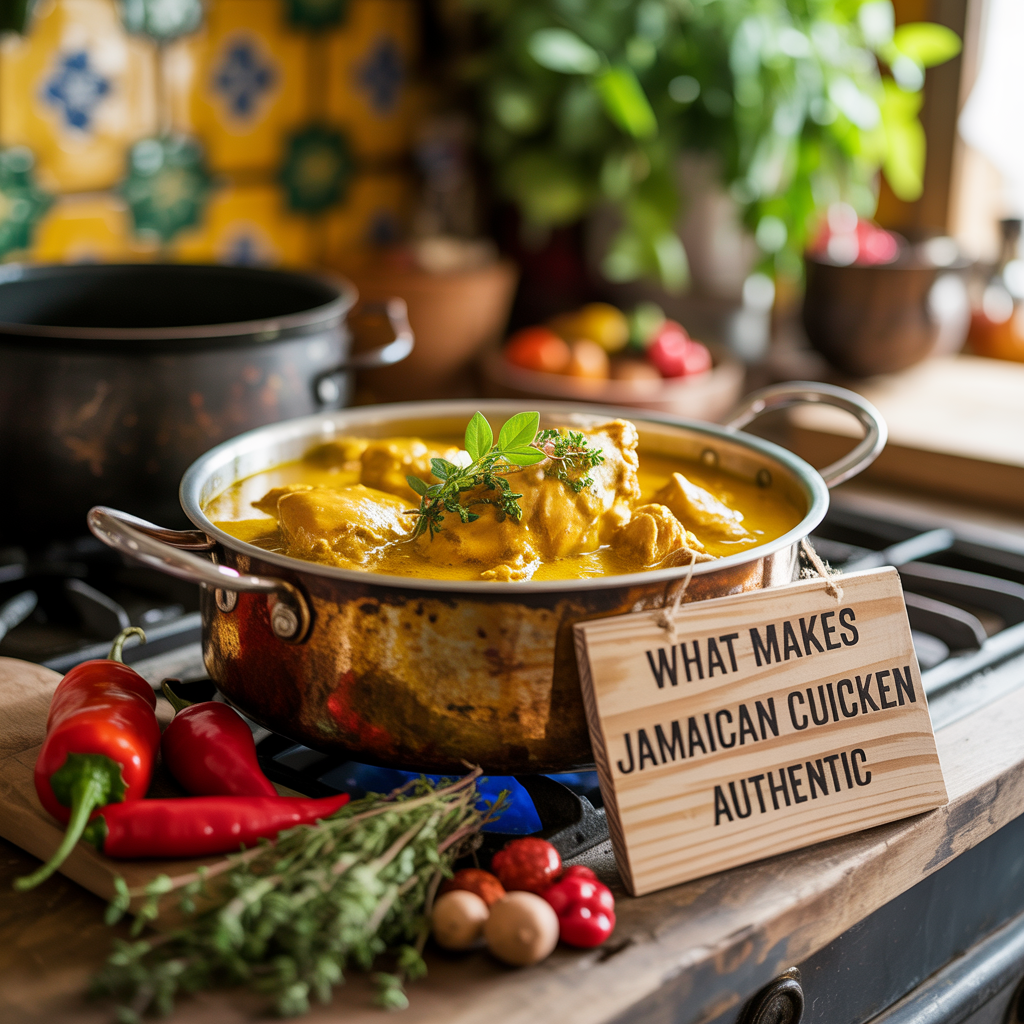
Jamaican Curry Powder vs. Indian Curry Powder
Don’t just pick up any yellow powder from the store! Jamaican curry powder is different; it’s gentler, earthier, and frequently contains more turmeric and spices. On the island, brands like Grace and Betapac are frequently used.
The Importance of Scotch Bonnet Peppers
These tiny fireballs are serious business. They add a delicious scent and heat that are vital to Jamaican cuisine. In real recipes, using Scotch bonnets is a must, but proceed with caution!
Fresh Herbs and Traditional Techniques
Essential ingredients are pimento seeds (Jamaican allspice), garlic, onions, and thyme. Indeed, authentic Jamaican chefs do not omit the lengthy simmer or overnight marinating.
Ingredients You’ll Need
Main Ingredients Breakdown
Two to three pounds of bone-in chicken, ideally drumsticks or thighs
Jamaican curry powder, two tablespoons
One chopped Scotch bonnet pepper
One sliced onion
Four minced garlic cloves
3 chopped scallions
One teaspoon of pimento seeds, or allspice
One teaspoon of black pepper
One tablespoon of fresh thyme
One teaspoon of salt, to taste
One tablespoon of vegetable or coconut oil
One and a half cups of water or chicken stock
One potato, if desired, to thicken
Chicken Selection Tips
The best-tasting chicken is skinless and bone-in. The deep, rich curry base is developed with the aid of the bones.
Curry Powder Types
Go home or go Jamaican. The best mixtures are homemade, Grace, or Island Spice.
Fresh vs. Dried Thyme
While dry thyme will work in an emergency, fresh thyme adds more vibrant overtones. Simply cut back on the quantity.
Optional Add-ins and Variations
For a stew-like texture, some cooks add potatoes or even carrots. That is entirely up to you!
Preparing for Cooking
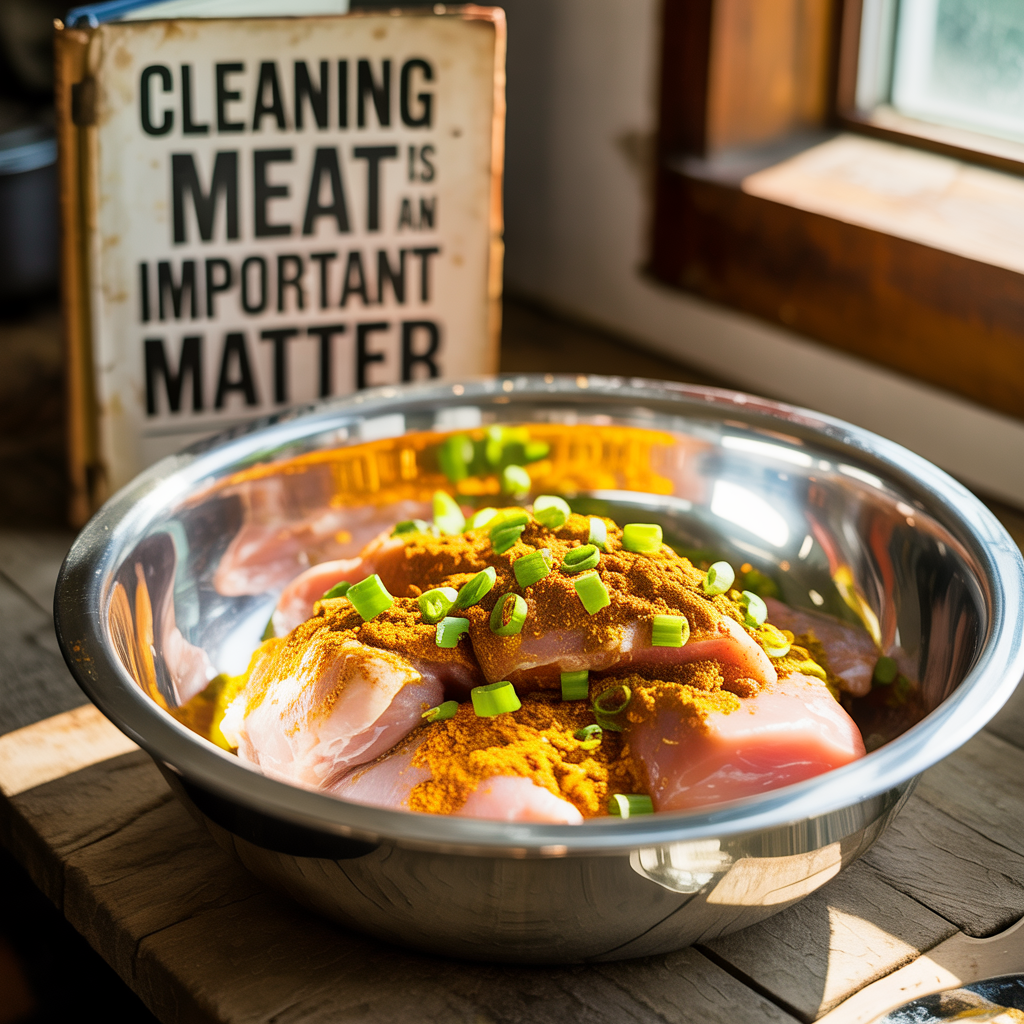
How to Properly Clean and Season Chicken
Cleaning meat is an important matter in Jamaica. Before seasoning, rinse your chicken with vinegar or lime juice and wipe dry.
Marinating for Deeper Flavor
Add curry powder, allspice, garlic, thyme, scallions, and a little oil to your chicken. If you want that grandmother-level depth, marinate it for at least two hours, or overnight.
Step-by-Step Cooking Instructions
Browning the Chicken First
A teaspoon of curry powder is added to hot oil in a pot and toasted for 30 seconds. After that, brown your chicken pieces to improve their color and flavor.
Simmering to Perfection
Add enough water to cover halfway, onions, and Scotch bonnet. Simmer for 45 to 60 minutes with a lid on over medium-low heat. If using potatoes, add them halfway.
Final Flavor Boosting Techniques
To make the curry thicker, let it decrease a little. For a creamier texture, crush some of the potatoes into the sauce. If necessary, taste and adjust the salt or spice.
Serving Suggestions
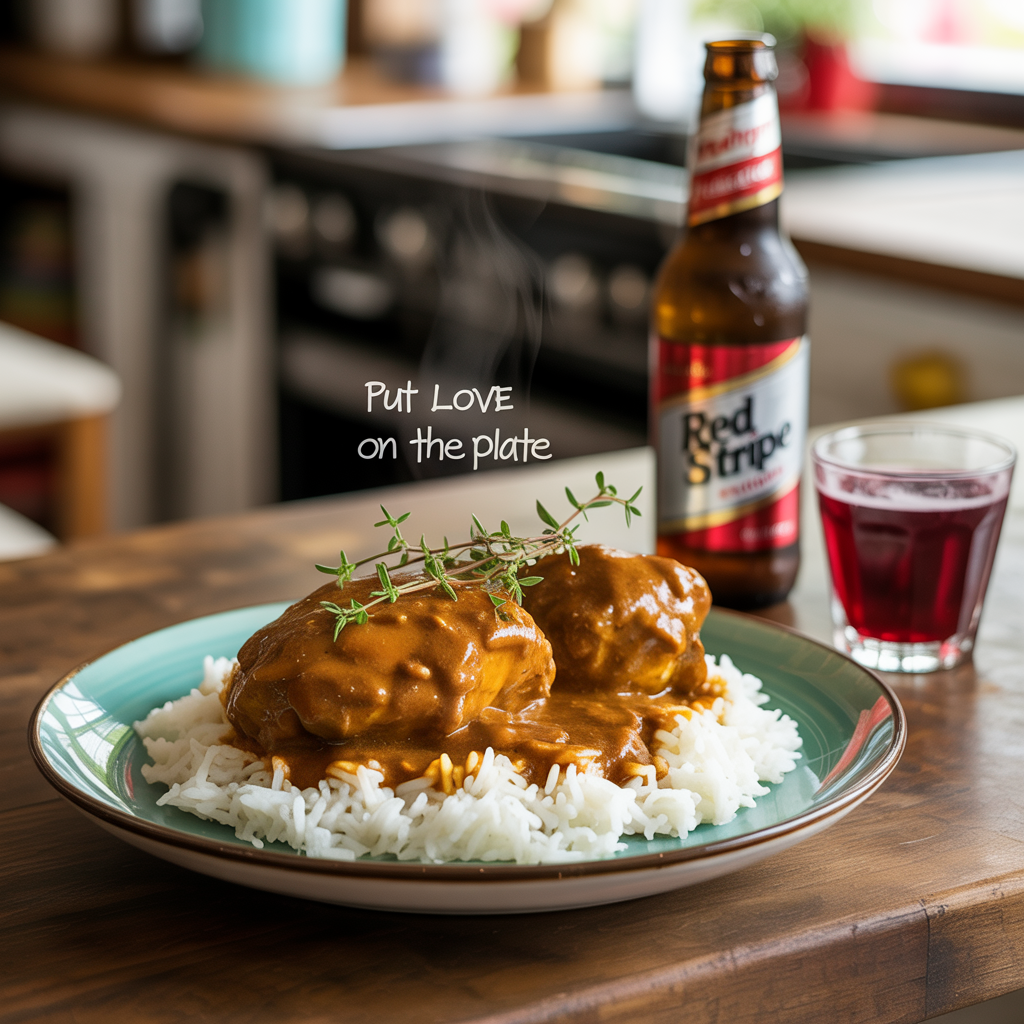
Classic Side Dishes
Rice and peas, fried plantains, or steamed cabbage are always a good choice. Coconut rice enhances the entire meal, but white rice also works well.
Drinks That Pair Well
To wash it all down, try sorrel juice, Ting (grapefruit soda), or a cool Red Stripe beer.
Presentation Tips Like a Jamaican
Put love on the plate. Over the rice, generously pour the curry gravy. For an island chef touch, scatter some fresh thyme leaves on top.
Tips from Jamaican Kitchens
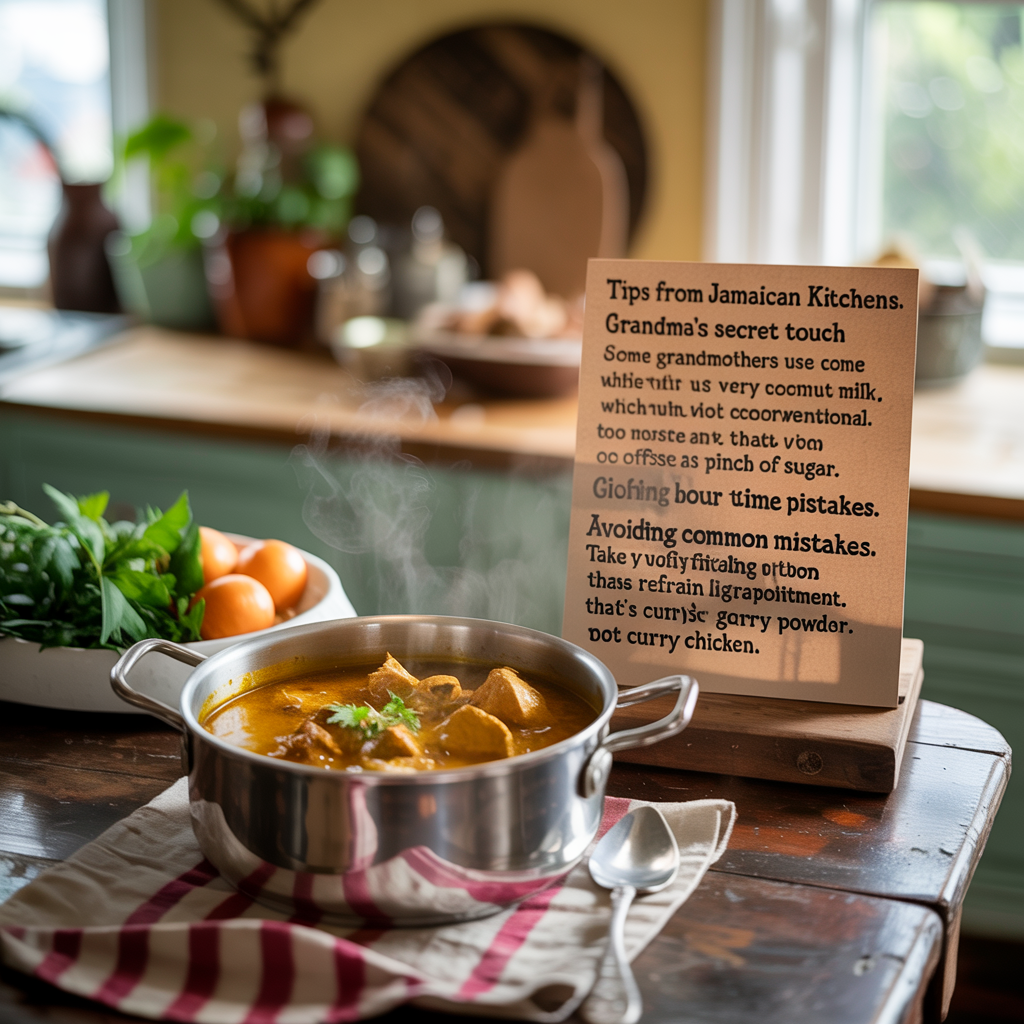
Grandma’s Secret Touch
Some grandmothers use coconut milk, which is very creamy but not conventional. One more trick? To offset the heat, add a small pinch of sugar.
Avoiding Common Mistakes
Take your time boiling. Additionally, please refrain from using generic curry powder. That’s curry disappointment, not curry chicken.
Storing and Reheating Leftovers
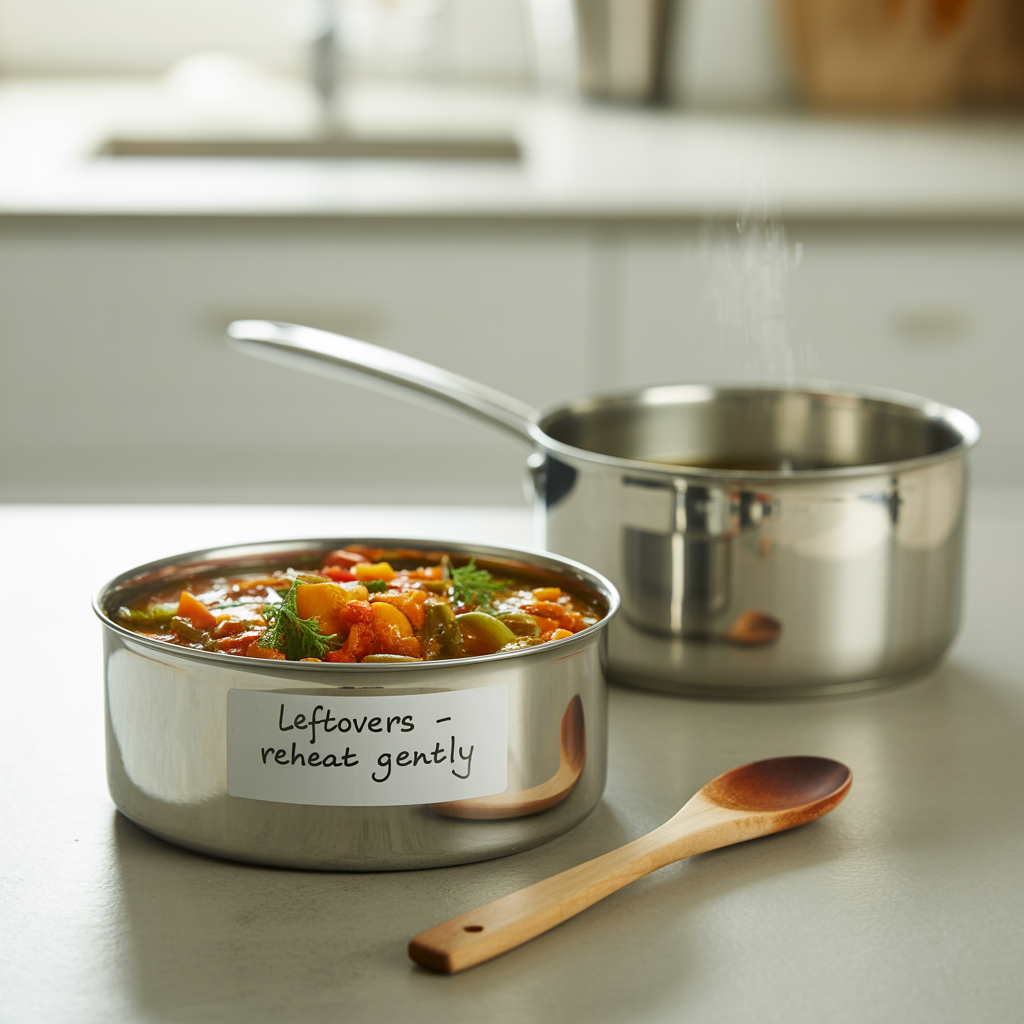
Best Practices for Refrigeration and Freezing
Keep in a tightly sealed container. It can be stored in the refrigerator for 4–5 days or frozen for up to 3 months.
How to Reheat Without Losing Flavor
Add a little water or broth and reheat on the stove. Steer clear of the microwave as it alters the flavor and texture.
Health Benefits of Jamaican Curry Chicken
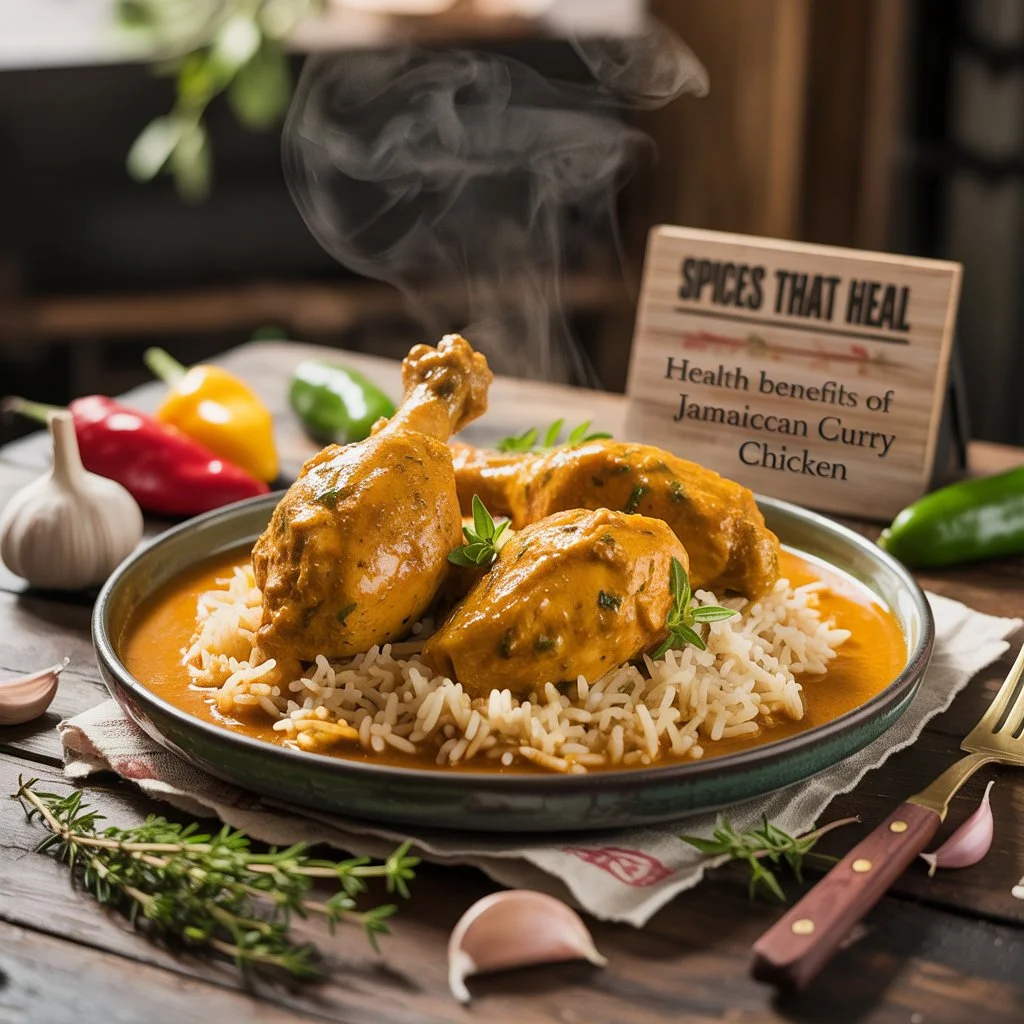
Nutritional Value of Ingredients
Chicken is high in protein. Turmeric, an anti-inflammatory ingredient, is included in curry powder. Scotch bonnet peppers, garlic, and thyme all have health benefits.
Spices That Heal
Jamaican spices are not only delicious but also effective, helping with anything from colds to improving digestion.
Jamaican Curry Chicken Around the World
How Diaspora Communities Keep It Alive
This cuisine has been passed down through the decades by Jamaican communities in Toronto, London, and New York. It can be found on the menus of Caribbean restaurants all over the world.
Modern Twists in International Kitchens
These days, chefs are incorporating pineapple, coconut milk, or even curry chicken stuffing into fusion tacos. Creativity has no boundaries, yet the essence is still there.
Conclusion
There you have it: a single, tasty saucepan that embodies the essence of Jamaican home cuisine. Not only is authentic Jamaican curry chicken delicious, but it’s also a celebration of island warmth, culture, and flavor. Once you give it a try, you’ll get addicted.
FAQs
1. Can I make it less spicy without losing flavor?
Indeed! Cut out the seeds or reduce the Scotch bonnet. For depth, keep the other spices potent.
2. What’s the best substitute for Scotch bonnet peppers?
The match that is closest is Habanero. Use jalapeño or cayenne in a pinch, but adjust for heat.
3. Can I use boneless chicken?
You can, but the flavor is greater with bone-in. Watch the cooking time and marinade longer if using boneless.
4. Is this dish suitable for meal prep?
Of course. Over time, the flavors intensify and it reheats well.
5. How long can I store leftovers in the fridge?
4-5 days if stored correctly. Just be sure to fully reheat.


















